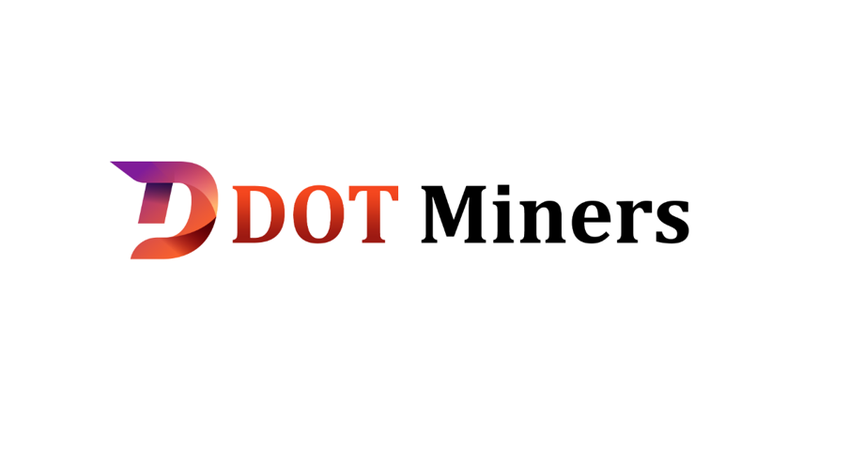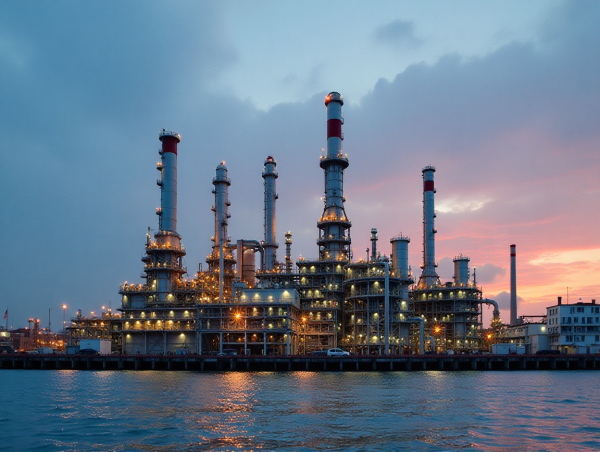Latest

DOT Miners Expands Crypto Access with User-Friendly, Regulated Pl...
July 07, 2025 07:10 AM PDT | By Team Kalkine Media

Alessio Vinassa on blockchain’s ability to enhance transparency a...
July 10, 2025 05:14 AM PDT | By Invezz

Air Industries stock soars after securing $5.4M B-52 contract
July 10, 2025 04:28 AM PDT | By EODHD

Klotho Neurosciences stock soars after FDA grants orphan drug sta...
July 10, 2025 04:24 AM PDT | By EODHD

UBS raises global oil refining margins outlook amid delays and cl...
July 10, 2025 04:00 AM PDT | By Invezz

Vaisala Corporation: Managers’ Transactions – Agarwal, Girish
July 10, 2025 04:00 AM PDT | By EODHD
Trending
Crypto
View AllData provided by CoinMarketCap.com. & delayed by few minutes. Read Disclosure
ASSETS
| Index | Price(USD) | Change |
|---|
